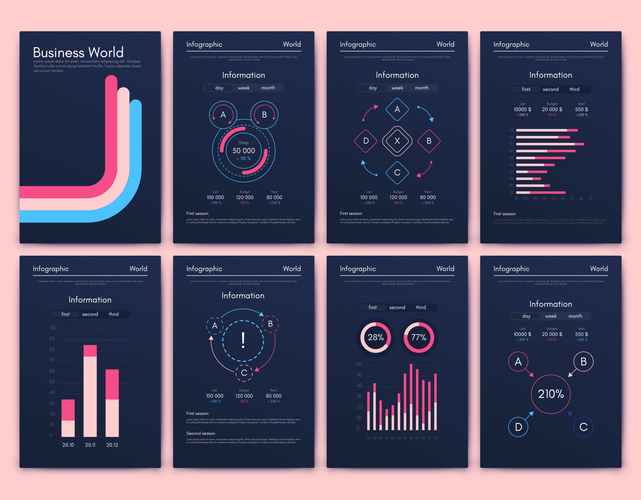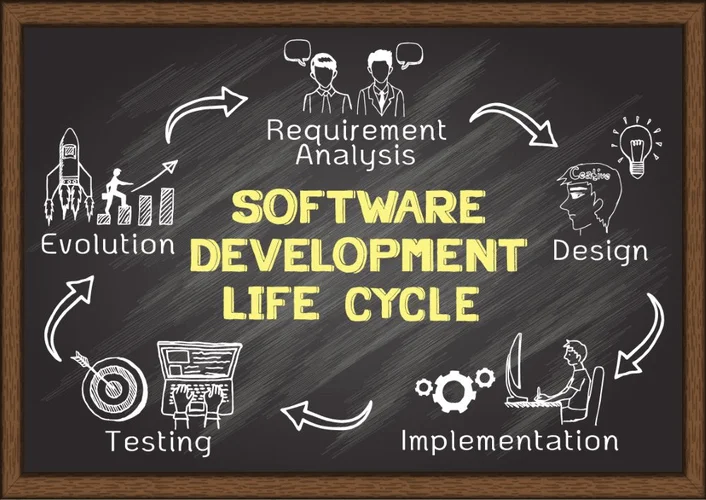We evaluate each tree on the test set as a function of size, choose the smallest size that meets our requirements and prune the reference tree to this size by sequentially dropping the nodes that contribute least. Achieving node purity is not the only criteria to stop a tree from growing. Achieving node purity comes with a high probability that your model will only fit the training data and not generalize well for the real world . One of the simplest forms of pruning is reduced error pruning. Starting at the leaves, each node is replaced with its most popular class. If the prediction accuracy is not affected then the change is kept.
The model strongly depends on the input data and even a slight change in training dataset may result in a significant change in prediction. The most substantial advantage of DTs is direct interpretability and explainability since this white-box model reflects the human decision-making process. The model works well for massive datasets with diverse data types and has an easy-to-use mutually excluding feature selection embedded. Thus, DTs are useful in exploratory analysis and hypothesis generation based on chemical databases queries.
TEST DESIGN USING THE CLASSIFICATION TREE METHOD
The tree-based models can be used for regression to predict numerical values or for classification to predict categorical values. There are multiple algorithms to segregate a node into two or more sub-nodes. This sub-nodes creation increases the homogeneity of the resulting sub-nodes. To put it in simple words, the purity of the https://www.globalcloudteam.com/glossary/classification-tree/ node increases with respect to the target variable. In a classification tree, the target variable can take a discrete set of values and the tree is referred to as a classification tree. When a target variable can take continuous values and a decision tree has the capability of doing so, it is referred to as a regression tree.

In general, the classification and regression tree is used to describe this. There are many internal nodes in a decision tree that represent tests on an attribute. The value of the target variable is determined by the test result, which is carried out on an attribute. The decision tree is initialized with the test node as the input as well as the test and target variables as the root node.
Back To Basics, Part Uno: Linear Regression and Cost Function
The output is somewhat in agreement with that of the classification tree. We have noted that in the classification tree, only two variables Start and Age played a role in the build-up of the tree. With the addition of valid transitions between individual classes of a classification, classifications can be interpreted as a state machine, and therefore the whole classification tree as a Statechart. This defines an allowed order of class usages in test steps and allows to automatically create test sequences. Different coverage levels are available, such as state coverage, transitions coverage and coverage of state pairs and transition pairs. The group is split into two subgroups using a creteria, say high values of a variable for one group and low values for the other.

The figure shows that setosa was correctly classified for all 38 points. Notice the rightside of figure B shows that many points are misclassified as versicolor. In other words, it contains points that are of two different classes . Classification trees are a greedy algorithm which means by default it will continue to split until it has a pure node.
Welcome to Great Learning Academy!
In a decision tree, the model splits the data into smaller subgroups based on the values of the predictor variables, creating a tree-like structure. The final prediction is made by following the path down the tree based on the values of the predictor variables in the new data. Decision trees in Machine Learning are a non-parametric supervised learning technique to work with classification and regression tasks. Classification trees are the tree models in which the target variables take discrete sets of values. Shaped by a combination of roots, trunk, branches, and leaves, trees often symbolize growth.
- For data including categorical variables with different numbers of levels, information gain in decision trees is biased in favor of attributes with more levels.
- Pruning is the process of removing leaves and branches to improve the performance of the decision tree when moving from the Training Set to real-world applications .
- I am guessing one of the reasons why Gini is the default value in scikit-learn is that entropy might be a little slower to compute .
- The process stops when the algorithm determines the data within the subsets are sufficiently homogenous or have met another stopping criterion.
- Classification and regression tasks are carried out using a decision tree as a supervised learning algorithm.
There could be multiple transformations through the architecture according to the different layers in the information model. Data are transformed from lower level formats to semantic-based representations enabling semantic search and reasoning algorithms application. If the data set and the number of predictor variables is large, it’s possible to encounter data points that have missing values for some predictor variables.
Predictive Modeling w/ Python
Decision-tree learners can create over-complex trees that do not generalize well from the training data. (This is known as overfitting.) Mechanisms such as pruning are necessary to avoid this problem . A small change in the training data can result in a large change in the tree and consequently the final predictions. To build the tree, the «goodness» of all candidate splits for https://www.globalcloudteam.com/ the root node need to be calculated. The candidate with the maximum value will split the root node, and the process will continue for each impure node until the tree is complete. Then, repeat the calculation for information gain for each attribute in the table above, and select the attribute with the highest information gain to be the first split point in the decision tree.

If a given situation is observable in a model the explanation for the condition is easily explained by boolean logic. By contrast, in a black box model, the explanation for the results is typically difficult to understand, for example with an artificial neural network. Such that records with a low savings will be put in the left child and all other records will be put into the right child. That is, the expected information gain is the mutual information, meaning that on average, the reduction in the entropy of T is the mutual information.
Pros & Cons of CART Models
In a decision graph, it is possible to use disjunctions to join two more paths together using minimum message length . Decision graphs have been further extended to allow for previously unstated new attributes to be learnt dynamically and used at different places within the graph. The more general coding scheme results in better predictive accuracy and log-loss probabilistic scoring. In general, decision graphs infer models with fewer leaves than decision trees.

A classification tree is made up of binary recursive partitions that are executed in a recursive process. The Classification Tree Algorithm can be used alone to find one model that produces good classifications of new data. The solution is to allow the tree to grow to the maximum size, then remove any branches that are not large enough to fit. The three powerful ensemble methods in XLMiner V2015 enable use of Classification trees in a variety of ways. Classification trees are essentially a series of questions designed to assign a classification. The image below is a classification tree trained on the IRIS dataset .
A step-by-step tutorial to document loaders, embeddings, vector stores and prompt templates
Create classification models for segmentation, stratification, prediction, data reduction and variable screening. The anatomy of classification trees (depth of a tree, root nodes, decision nodes, leaf nodes/terminal nodes). CART builds classification and regression trees for predicting continuous dependent variables and categorical predictor variables . The classic CART algorithm was popularized by Breiman et al. (Breiman, Friedman, Olshen, & Stone, 1984; see also Ripley, 1996). Another, similar type of tree building algorithm is CHAID (Chi-square Automatic Interaction Detector; see Kass, 1980). The process starts with a Training Set consisting of pre-classified records (target field or dependent variable with a known class or label such as purchaser or non-purchaser).
